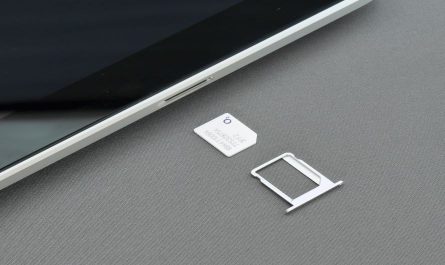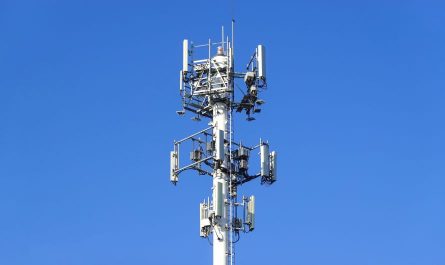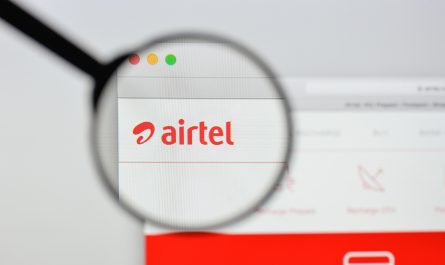SMS or Short Message Service is one of the oldest and commonly used messaging services. Remember the days when there were no texting apps like WhatsApp, or Facebook messenger, and there was no real time messaging. From that era till now, SMS remains relevant.
Buy Airtel Prepaid with exciting benefits!
While the process of sending and receiving text messages using SMS seems simple enough, there is lot which goes behind the scenes. We will unpack more on what is SMS, how it works, and why is it still relevant in the online world in this article.
What is SMS?
SMS stands for Short Message Service commonly referred as text messaging, SMS service allows users to send short texts of up to 160 characters or 224 characters (if using 5-bit mode) to other mobile devices using the mobile data and cellular network.
As 1G evolved to 2G, SMS service was launched as one of the means of communication. You can also refer it as an advanced version of a pager. It can be used to send messages to both cellular phones and smart phones with an active sim card.
As a user, all you need to do is type a text or multimedia message in your messaging app, enter the contact details of the recipient, and hit ‘send’. The recipient will receive the message in a few seconds, if latched on to a good network. Sounds simple enough, right?
But the process behind a text sent is more complicated. Let’s try to understand how the SMS works.
How SMS works?
We will try to explain the actual transmission process in simple terms. Over the years, the cellular technology has evolved – from 1G to 2G, 2G to 3G, 3G to 4G, and now 4G to 5G technology. The SMS service came into existence as an afterthought to use the spare wireless bandwidth in the 2G era.
Generally, the text message sent from your phone was stored in a different channel referred to as Short Message Service Center (SMSC). Why were these texts stored? The SMSC’s job was to forward the text messages to the recipient right away. But in case, the recipient’s device is not available or not latched on to a network, these messages were stored to send it at a later time.
2G SMS Transmission Technology – Continued for 3G
Now, this was the process used in the 2G era. A normal text message sent to the receiver after going through and being stored in these separate channels. This process was continued in the 3G era too. Although, the SMSC stayed instrumental for sending texts, the switching and transceiver stations which helped in transmission were labeled obsolete.
4G SMS Transmission Technology
It’s the 4G era which made things difficult for SMS. The old switching and transceiver stations used for storing and sending SMS texts were not functional anymore. So, how will a smart phone send a text in the 4G era? Therefore, a new messaging gateway called IP-SM-GW was introduced. This network communicates with the SMSC to retrieve and send messages instantly.
5G SMS technology
The IP-SM-GW technology basically means retrieving the text message from the 4G network layer. The technology will work fine for early stages of 5G. Although, a newer technology will have to be introduced to help SMS service function with just 5G as the core network.
Had you perceived that sending a 160-character text through air would be this complicated?
Now that we know how complicated it is to send a simple text message, let’s also look at some of the use cases of the SMS service.
Applications or Use Cases
Following are a few use cases of SMS:
- Sending OTP for 2FA login and authentication – used by financial institutions, e-commerce apps for payment confirmation
- Document verification OTP is sent via SMS
- Promotion of new and existing products on SMS by brands
- Banking transaction notifications
- Chatting and staying connected when no internet is available
- Notification about expected delivery/tracking delivery, etc.
SMS service is a reliable option for people who don’t have a very good access to internet round-the-clock.
Did you know you can also send multimedia files like small videos, pictures, etc., using the SMS service? Let us elaborate.
SMS Vs EMS Vs MMS
As mentioned above, SMS stands for Short Message Service. More evolved versions of SMS are EMS and MMS.
EMS (Enhanced Messaging Service): The EMS service allows users to send ringtones and logos, and other simple media using handsets which support EMS.
MMS (Multimedia Messaging Service): MMS is a more evolved version of MMS. It allows users to send heavy media files like pictures and videos over cellular network. These messages might take more time than sending a normal text message.
Must Read: What are the Key Differences Between SMS and MMS?
How SMS stays relevant in the 5G era?
The digital communication channels are advancing rapidly to accommodate users and their communication needs. WhatsApp is probably the biggest reason why SMS is now limited to business, financial, or promotional communication.
Even then, one must wonder why these services stay relevant in the new 5G generation. The most fundamental reason being its origin. SMS was the first fast communication service introduced to the world. The behind-the-scenes as discussed above are far more complicated than some of the new online technologies.
Given that it is the foundation of the text or fast communication services, SMS stays relevant. Moreover, it has proven its use in the business and marketing sector to quite some lengths. Almost every government and financial institution uses it to send OTPs, account information, login confirmation, important notices, and what not. As fast as internet communication is, people still like to fall back on to cellular network in case of no internet.
SMS Packs for users
Even telco companies offer SMS service and specific packs for users with their recharge packages. Our truly unlimited prepaid mobile recharge packs offer various plans for SMS service. The most popular one offering users 100 messages per day for a given period of time. You can check out these packs on our website or the Airtel Thanks app.
In a nutshell, SMS is here to stay for the ,long term if not for regular communication but for promotional and security related intents, or as an information channel used by individuals, companies, or government.



